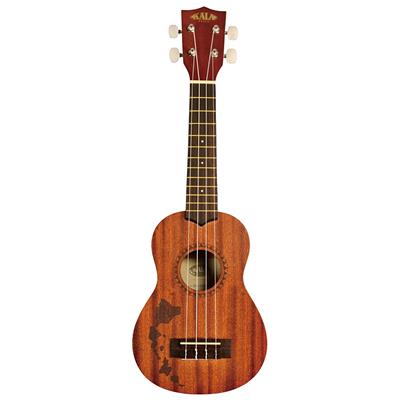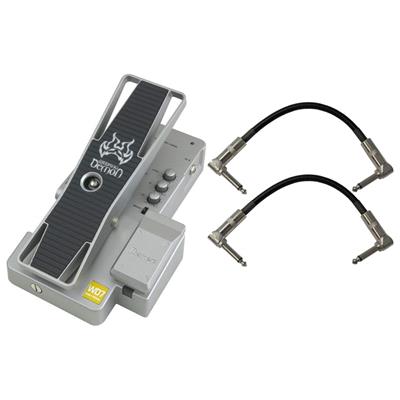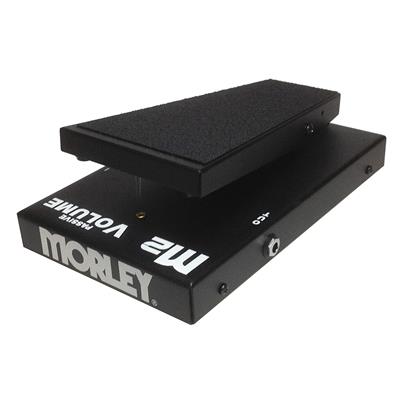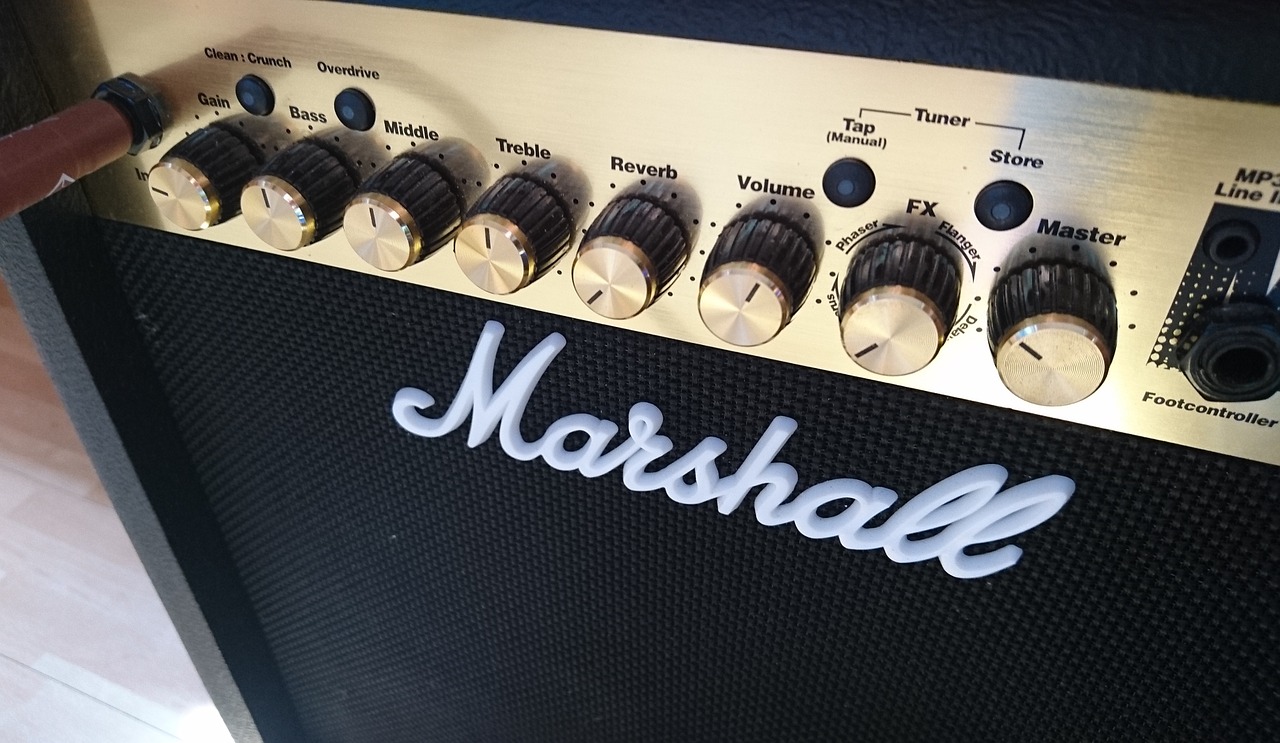Are you someone who is into traditional ways when it comes to instruments? If you are, I have a bad news, my friend, because everything we will talk about today is anything but traditional. Yes, you have heard me, we are about to dive into the world of extended range guitars. Why would you need them – you might ask. There are many answers to this question and I will try to touch up on the majority of them. I am also going to give you full information about their pros and cons and be as meticulous as I can. So, without further ado, let’s get started!
What are 7 and 8 string guitars?
Essentially, you might think that 7 or 8-string guitars are something of a different bread compared to classic 6 strings. But in reality, they are not. Of course they sound different, but the building material, the design, as well as overall feel of the instrument is the same. Extended range guitars tend to have an extra string (or strings) which adds either higher or lower notes, enhancing your sonic possibilities a great deal.
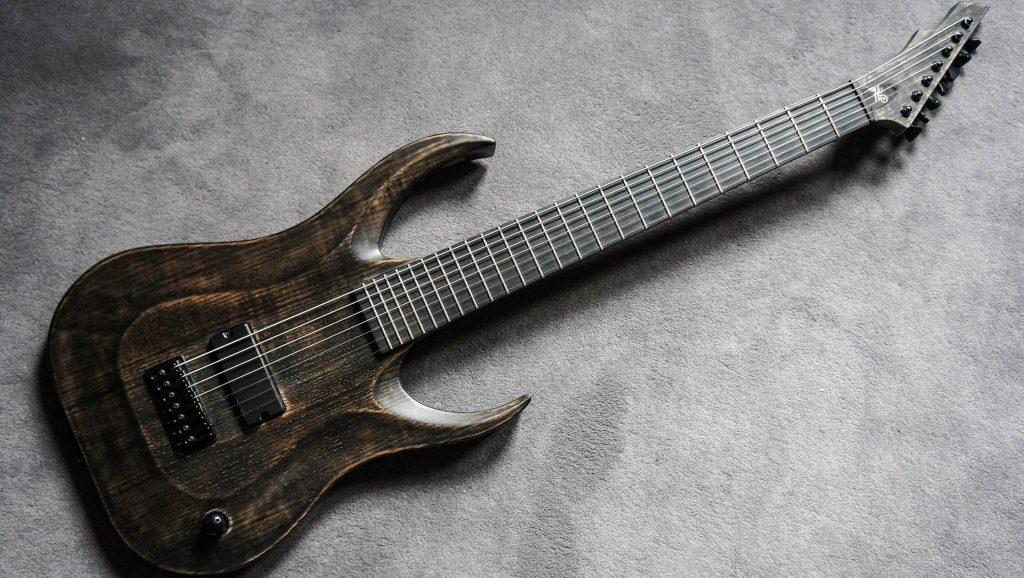
7 string guitars, in particular, have an additional string, which is a low B. Typically, their tuning is as follows: B1–E2–A2–D3–G3–B3–E4. Of course there are other ways of tunings, such as dropped A. Sometimes, the additional 7th string is utilized to increase the treble in your sound. In this case, the tuning is a bit different – E2–A2–D3–G3–B3–E4–A4. One way or another, that 7th string guitars (as indicated by their name) extend the sonic spectrum and give you more range to work with.
8 string guitars are not that different from their 7 string siblings. They do also have an extra string either in the high or low sonic spectrum. There are couple of options here: you can get two additional bass strings or one in the bottom-end and the other in the treble territory. The tunings are, respectively, F#-B-E-A-D-G-B-E or B-E-A-D-G-B-E-A.
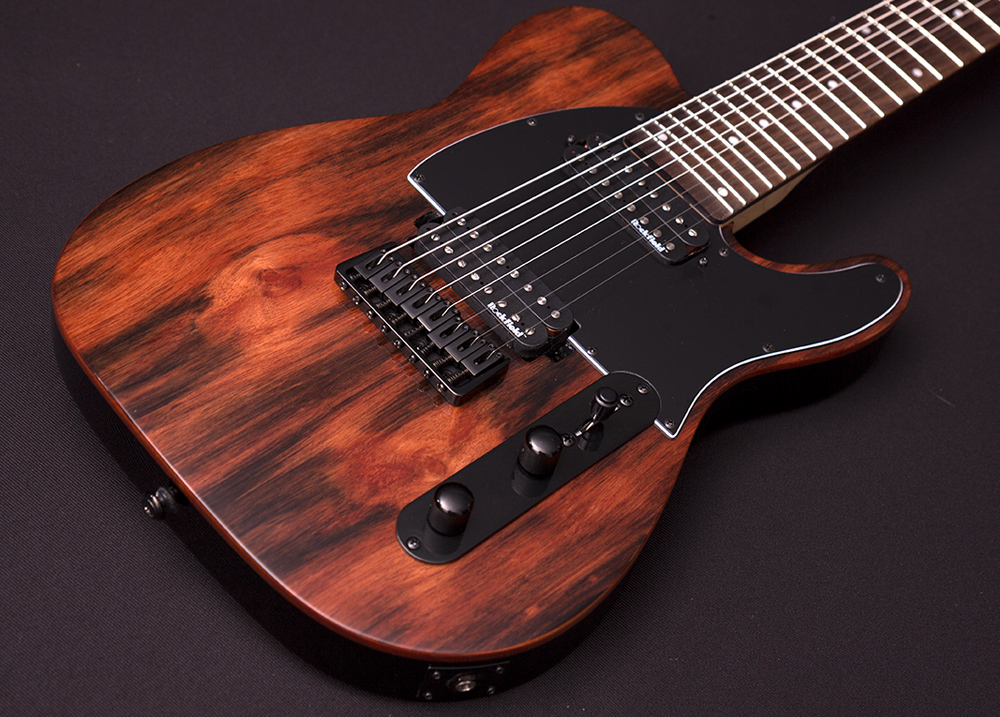
Pros and cons of 7 and 8 string guitars
Now that we know what are extended-range guitars how they are different from a classic one, let’s move onto discussing its advantages and disadvantages in-depth:
Pros:
- Enhanced sonic range: I know, I know, I have already mentioned this couple of times, but I still wanted to include it in this list. This is the most important advantage of all and the very reason why so many musicians lean towards such guitars.
- Unworldly low-end: that lower 7th or 8th string is not only lower than usual, but it also sounds amazing. There is nothing that can change this. Extra strings, you rock!
- Easy to play: you are probably sitting there and thinking, what the hell am I talking about. Learning to play 6 strings is a pain in the neck already, not to mention the extra 7th or 8th string (a.k.a. extra pain in the neck). However, extended-range guitars are not difficult to play at all. When you first move from 6 string guitar to a 7 or 8 string one, it will be a bit odd and queer. And the notes are not exactly the same either. But you just have several extra notes to master.
Cons:
- Not for short fingers: obviously, those extra strings need some space on the neck of the guitar. This means that 7 and 8 string guitars are a bit bigger and heavier. This might be uncomfortable for those who are used to the smaller-sized guitars, but you will adjust to them with a little practice.
- The paucity of models: since 7 and 8 string guitars are not as common and ubiquitous as the classic ones, there is not much to choose from on the market. And god forbid you ruin your strings – you will have a hard time finding new ones (or maybe it will be easier since you have way less options).
Conclusion
I know perfectly well that extended-range guitars can be a bit scary at first. You look at those extra strings and all you can see is the challenge. However, challenges are key factors in creating great music. Do not be afraid, because 7 and 8-string guitars can really change everything you know about the music. They can turn your world upside down, without any exaggeration. The sonic options they provide are something everybody should experiment with at least once. And as with anything in music, it all comes down to your preferences and desires. Think carefully what you want from your instrument: a beaten track or a completely different path. This choice is yours to make. Good luck!

